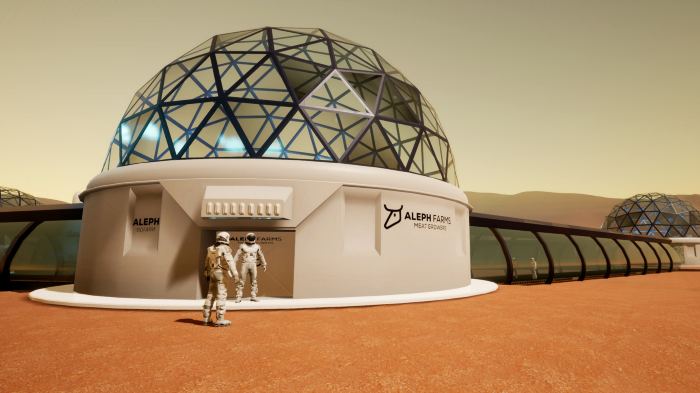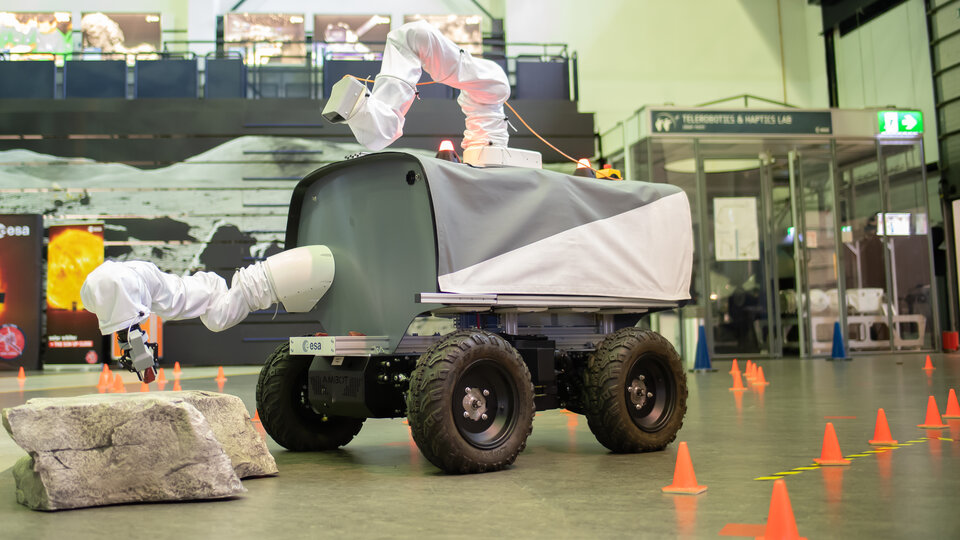Meteorites often offer terrific glimpses into worlds we are unable to otherwise access. Sometimes those worlds are simply fragments of asteroids that didn’t burn up when they entered the atmosphere. But sometimes, they come from the Moon or Mars. Part of what makes these types of meteorites interesting is that they don’t necessarily come from what we now think of as two of our nearest neighbors. Fragments of meteorites that end up on Earth act as a kind of time capsule, allowing us to understand the geological environment of the world when the meteorite was formed.
A meteorite found in the Sahara desert a few years ago is exactly that type of time capsule. Named NWA 7533 (named after “North West Africa”, not the 80s rap group), this meteorite came from Mars about 4.4 billion years ago. A team led by Profs Zhengbin Deng at the University of Copenhagen and Takashi Mikouchi at the University of Tokyo have found evidence that the impact the created NWA 7533 most likely took place in the presence of water.
Continue reading “Meteorite Tells Us About Water on Mars 4.4 Billion Years Ago”









